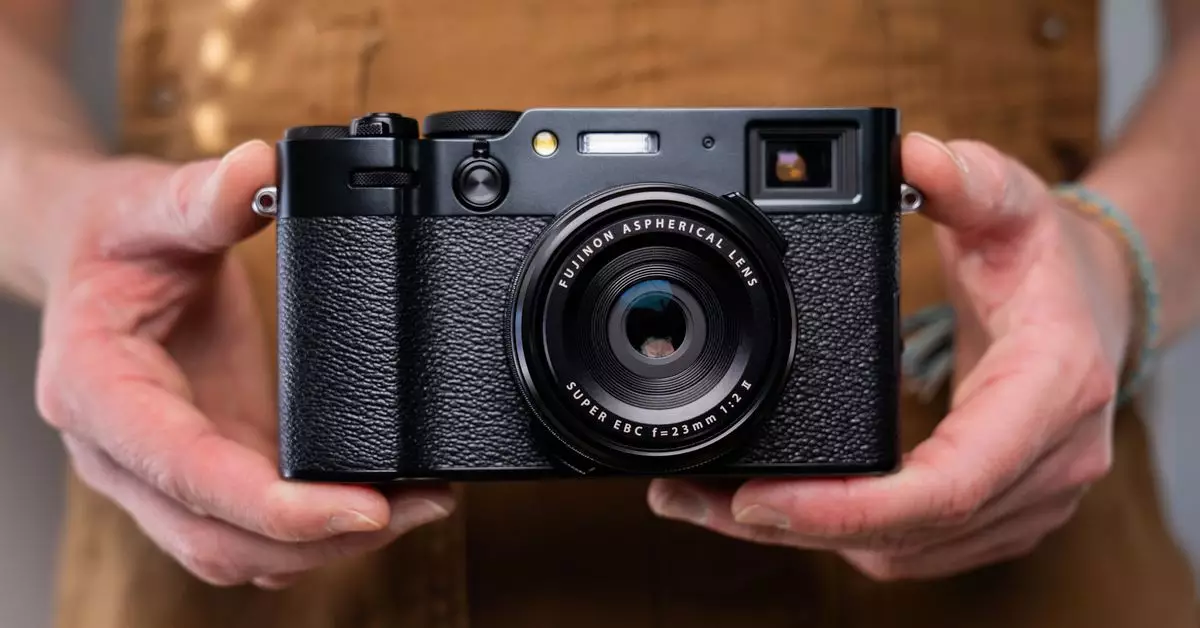Fujifilm’s X100V was a massive hit among camera enthusiasts, with its popularity soaring and prices skyrocketing in the secondary market. Now, the much-awaited successor, the X100VI, has been announced with a price tag of $1,599 – a $200 increase from its predecessor. While the exterior of the camera remains largely unchanged, the X100VI boasts significant improvements that promise to make it a more versatile and capable tool for photographers.
One of the most notable upgrades in the X100VI is the inclusion of a 40-megapixel sensor, providing photographers with greater cropping flexibility and editing options. Additionally, Fujifilm has incorporated in-body image stabilization (IBIS) into the camera, offering up to six stops of stabilization – a valuable feature for capturing sharp images in various shooting conditions.
However, not all aspects of the X100VI have been upgraded. The camera still features a UHS-1 SD card slot, which may be considered slow for a camera in this price range. Furthermore, it continues to use the same battery as its predecessor, necessitating the need for extra batteries for extended shooting sessions.
Equipped with Fujifilm’s latest X-Processor 5, the X100VI boasts nearly double the speed of the X100V, along with improved autofocus capabilities using advanced subject detection algorithms. The camera comes preloaded with 20 Fujifilm film simulations, including the exclusive Reala Ace sim previously found only in higher-end models.
Photographers have the flexibility to choose between the optical viewfinder, electronic viewfinder (EVF), or a hybrid of the two when composing shots. The X100VI also offers an internal four-stop neutral density filter for situations that require it.
The X100VI features an aluminum body designed to withstand the rigors of daily use, but to achieve weather resistance, users will need to purchase Fujifilm’s adapter ring and protective filter separately. While the camera continues the tradition of sturdy construction, it will now be manufactured in China, departing from previous models produced in Japan.
The shift in manufacturing may affect the camera’s perceived “mystique” due to the historical associations with Japanese craftsmanship. However, the move to China is expected to increase production volume and make the X100VI more readily available to consumers.
The Fujifilm X100VI will be available in silver or black variants and is set to start shipping in early March. In addition to the standard model, Fujifilm will release a limited-edition version engraved with the company’s original brand logo from 1934. Priced at $1,999, each unit will come with a unique serial number and special packaging, making it a collector’s item for camera enthusiasts.
The Fujifilm X100VI promises to be a worthy successor to the X100V, offering a blend of advanced features, improved performance, and classic design elements. With its enhanced capabilities and versatile shooting options, the X100VI is likely to attract interest from both experienced photographers and enthusiasts looking to elevate their photography game.


Leave a Reply